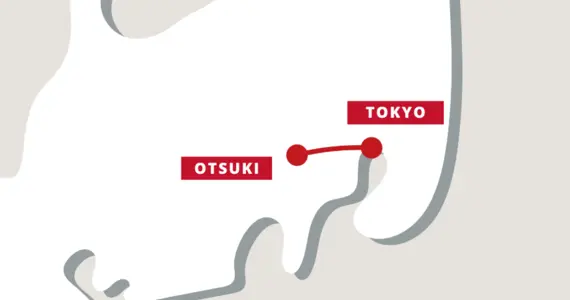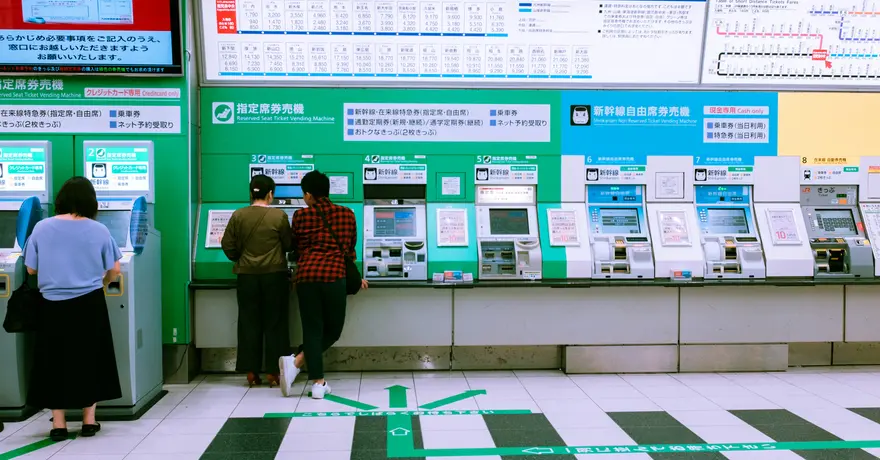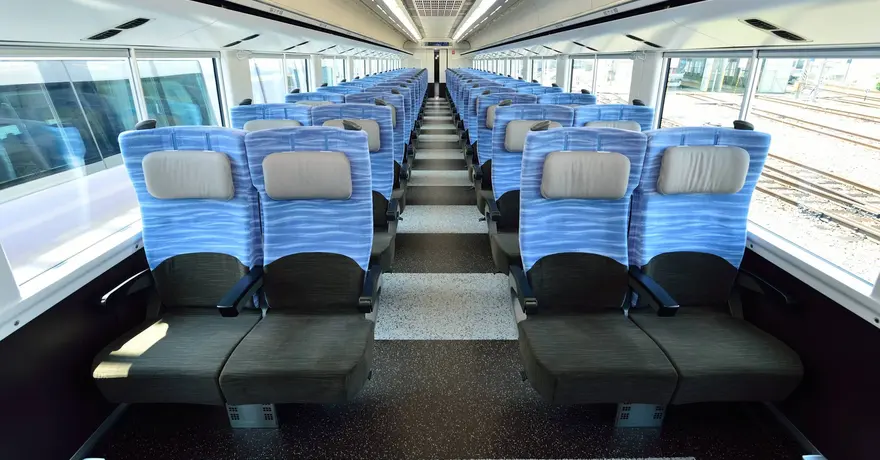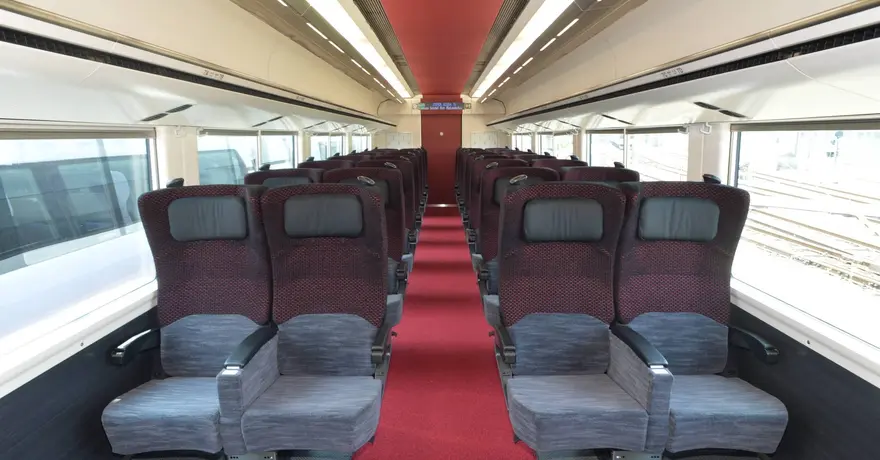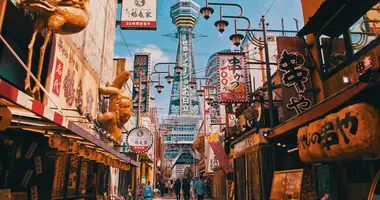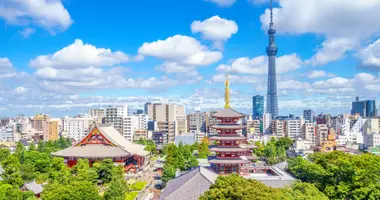Train Tickets from Tokyo (Shinjuku) to Otsuki
Official train tickets seller
Choose your preferred seat
7/7 Assistance

Travel conditions
Ticket type
Seating options
Passenger information
Buy your train tickets in Japan in 3 easy steps
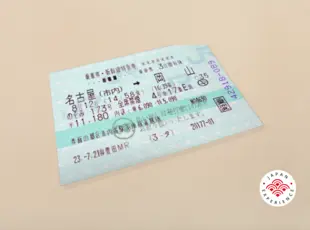
Choose and buy your train tickets for your preferred travel date
Receive your voucher by QR code one month before departure
Exchange your QR code for your train tickets in Japan
Trains in Japan: what does it look like?
What our customers say about us
Travel advice from our Japan train expert
Traveling by train in Japan
Japan boasts a highly developed rail system, making it a practical option for transportation both locally and across the country. As a result, both locals and tourists often find themselves using trains almost daily, whether it's their local lines or the renowned Shinkansen bullet trains. For first-time visitors to Japan, the significance of train travel during their trip is likely to be a consideration.
Although train travel is a common aspect of life in Japan, there are a few things that newcomers should be aware of or prepare for before they board. This is true even for those coming from countries with a strong train travel culture.
Why are trains so popular in Japan?
Japan's rail system is regarded as one of the finest globally. Riding the train in Japan can be described in three words: efficient, fast, and clean. Until you experience it firsthand, it’s hard to grasp just how easy and remarkably convenient train travel is in Japan. Despite millions of passengers using the rail system daily, trains remain impeccably clean, punctual, and operational. For many, this may seem like a dream compared to their own country's train services.
There are numerous factors contributing to this exceptional railway system, but it primarily stems from Japan's dependence on imported fossil fuels, which led the nation to invest significantly in its train transportation network. Since the late 1800s, Japanese train companies have been constructing lines to transport people and goods efficiently from one location to another. This historical network has allowed cities to develop around train stations. While much of Western urban development has centered on car-based infrastructure, Japan has largely oriented its urban expansion around train stations. In most Japanese cities, train stations serve as the economic and demographic hubs.
With the right investment into its train system, Japan effectively created one of the most reliable, fast and safe rail networks in the world!
Train information
Getting from Tokyo to Otsuki involves departing from Shinjuku Station, the world’s busiest train station. Via the Chuo Main Line, either the Kaiji or Azusa Express Train can be ridden. There are both Ordinary Reserved Seats and Green Car Reserved Seats on these express trains and it takes a bit over 1 hour and 10 minutes.
